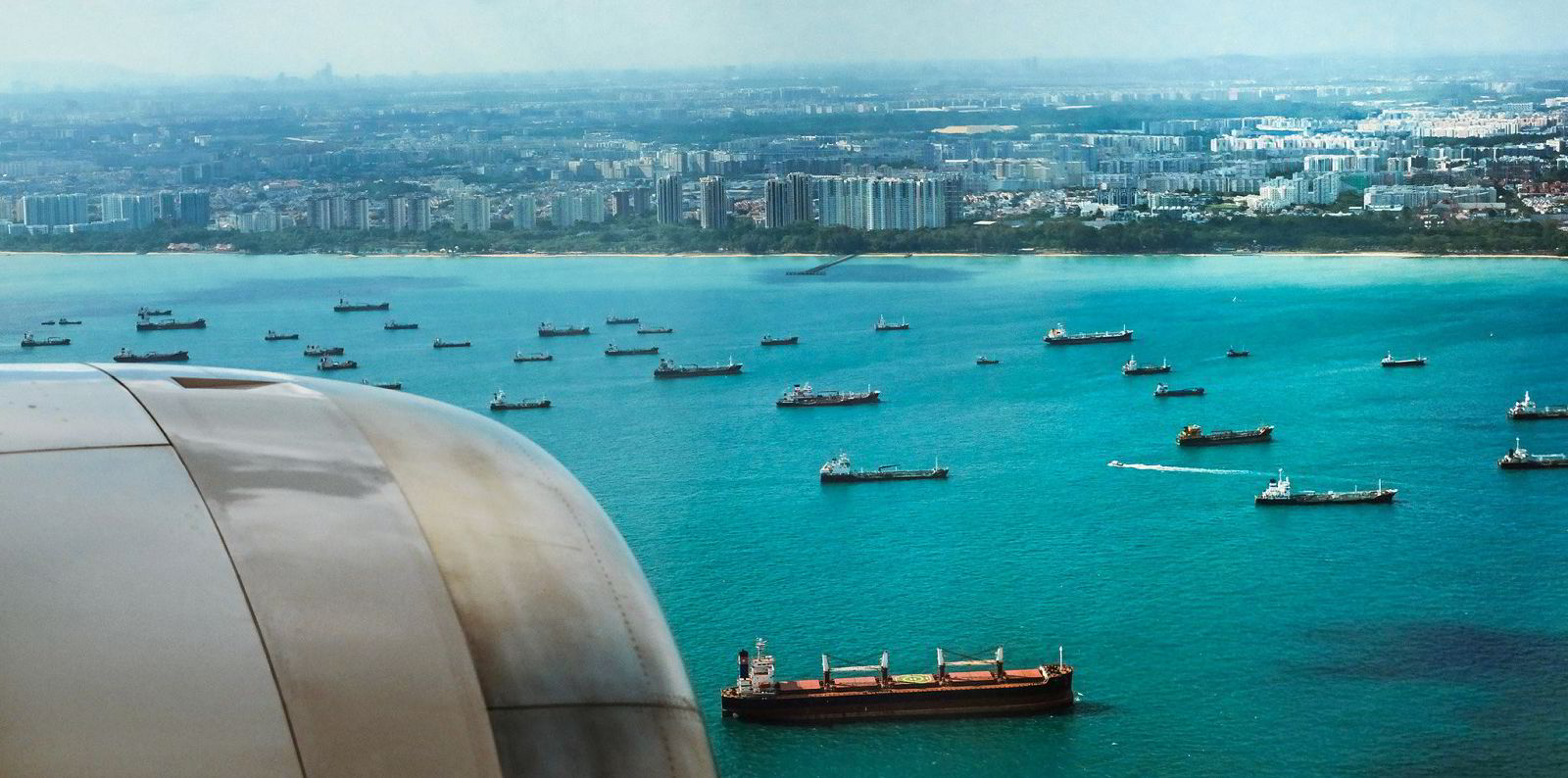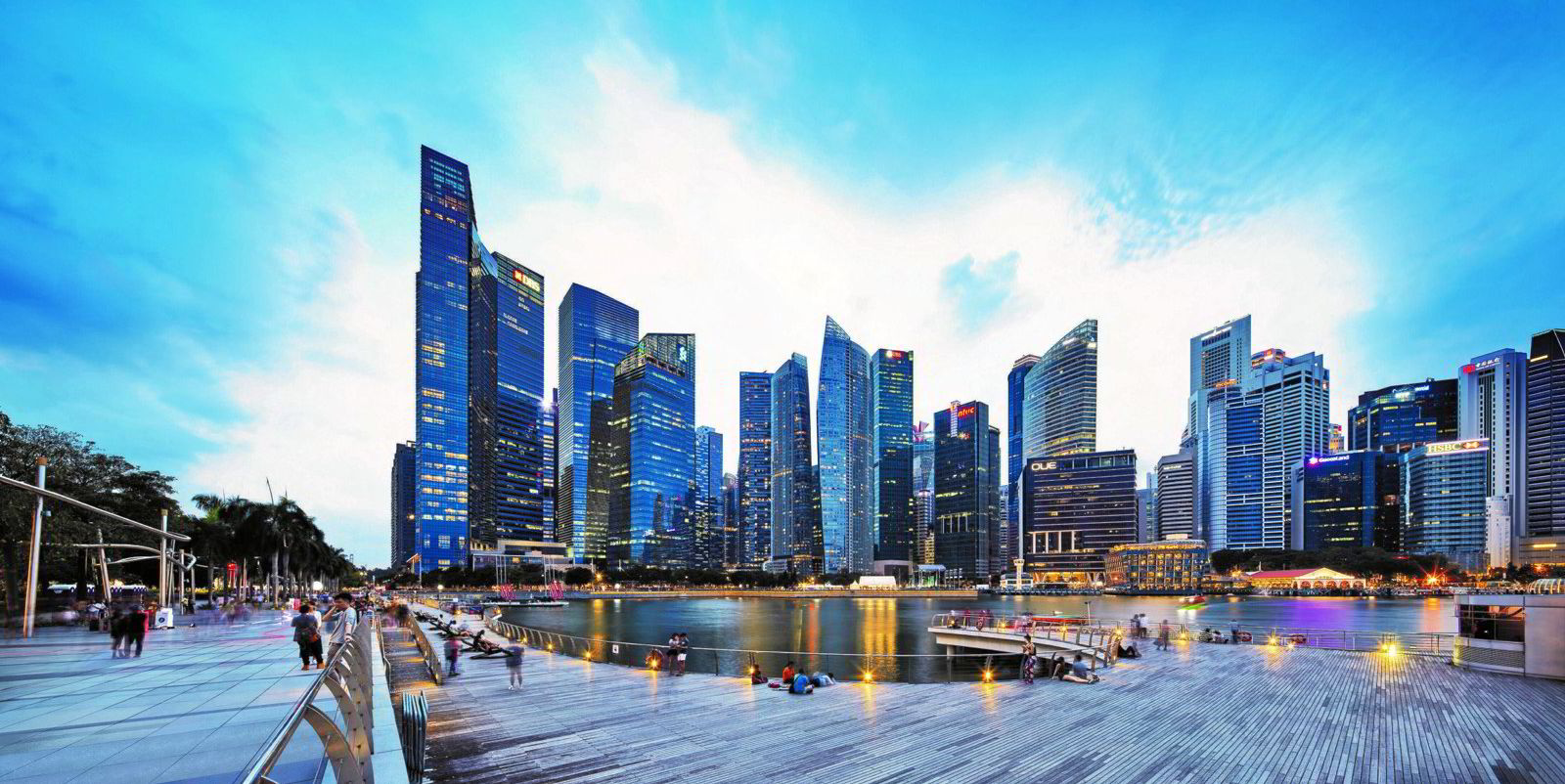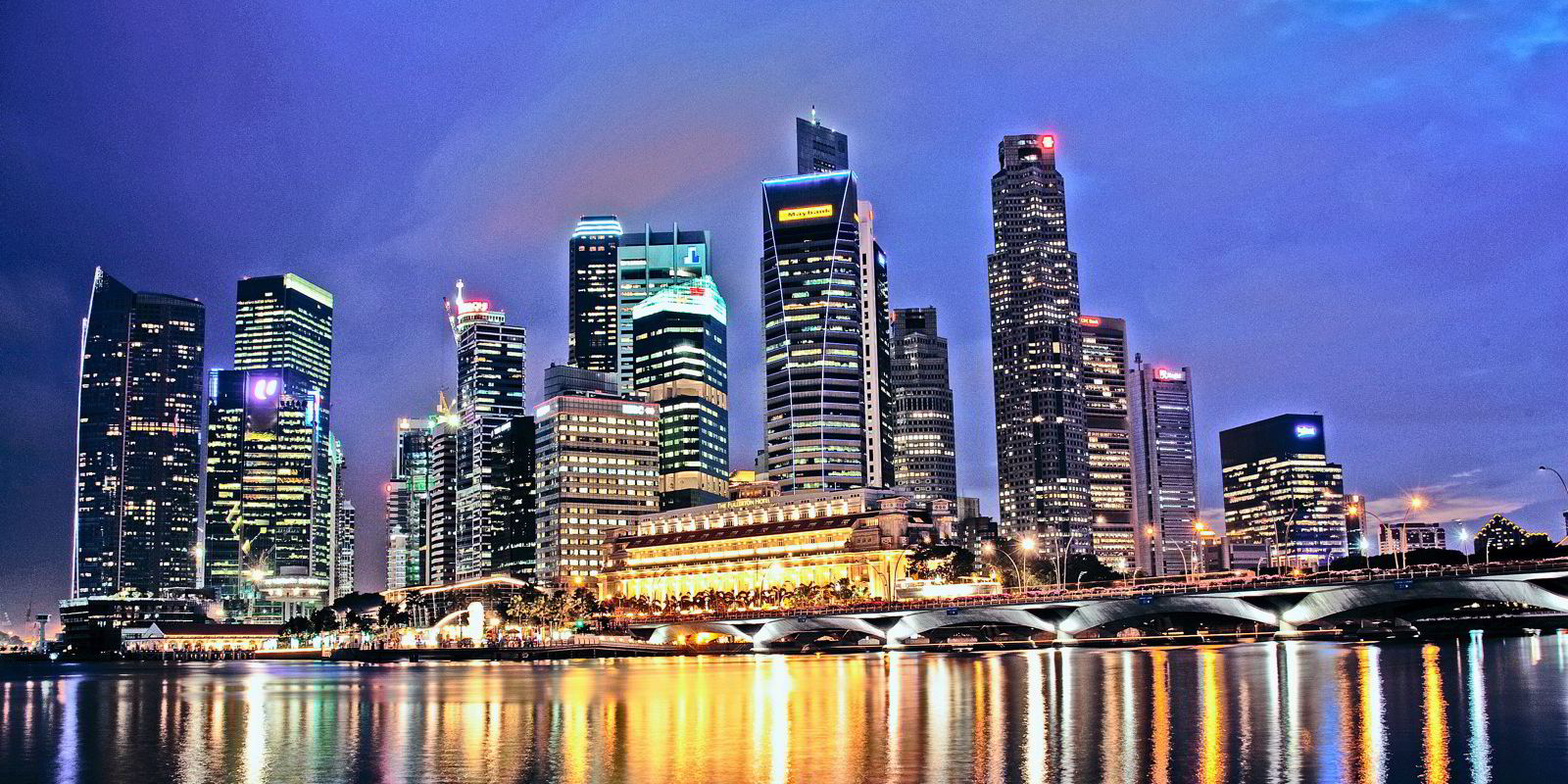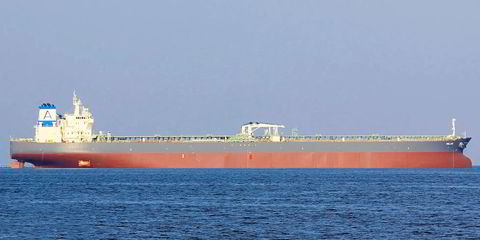Keppel Corp and Sumitomo Corp are teaming up to explore the feasibility of introducing ammonia bunkering into Singapore within the next couple of years.
The Singapore and Japan-based companies said they will accelerate the development of an ammonia bunkering vessel with the aim to commence commercial operations in the mid-2020s.
Ammonia, a compound of hydrogen and nitrogen, emits no carbon dioxide when combusted and therefore has long been considered as a next-generation fuel for thermal power generation and shipping.
Ammonia is also expected to play a role as an energy carrier for hydrogen since it is easier to liquefy and transport than hydrogen.
The two companies made the announcement on Monday following the signing of a memorandum of understanding (MOU) to explore the potential of various ammonia fuel applications in Singapore.
“As Singapore aspires to reduce energy consumption, improve energy efficiency and transition its power generation portfolio towards net-zero emissions, limited land space remains one of the critical challenges in the implementation of large-scale green energy,” Keppel Corp said in a statement.
“One of the solutions that Sumitomo Corporation and Keppel O&M will be exploring is the use of green energy such as ammonia for offshore power generation in Singapore.”
Tan Leong Peng, managing director (new builds), Keppel Offshore & Marine (Keppel O&M) said the collaboration with Sumitomo will deepen Keppel’s decarbonisation efforts.
Leveraging experience
“Keppel O&M is working with its partners and leveraging its engineering expertise, bunkering experience, and new build capabilities to develop the ammonia bunkering ecosystem for the marine industry,” he said.
“We are also applying our research in ammonia to advance adjacent solutions in green energy generation.”
Keppel said it was “leveraging its experience in LNG” to drive research and develop solutions to enable the adoption of hydrogen and ammonia as a marine fuel and energy source.
The company added that it was also developing a comprehensive electric vessel supply chain in Singapore, which will feature marinised energy storage systems to power harbour craft.
Keppel announced in March this year that it was teaming up with AP Moller-Maersk for a feasibility study into the practicalities of using ammonia as a bunker fuel in a project that also involved Sumitomo.
The two respective giants of the offshore and liner sectors also teamed up with Fleet Management, Maersk Mc-Kinney Moller Center for Zero Carbon Shipping and Yara International in the study.
Singapore is fast becoming a hotbed for alternative bunker fuel research with several studies by various groups related to ammonia as a potential bunker fuel underway.
US classification society American Bureau of Shipping has joined forces with top Singaporean university Nanyang Technological University (NTU), while Japan’s Itochu Corp and terminal operator Vopak are also investigating the potential.
Earlier this month Singapore's Jurong Port became the latest company to sign up to the Castor Initiative, a coalition of high-profile shipping industry players who intend to commercialise the development of the world's first ammonia-fuelled tanker by 2024.






